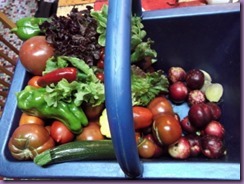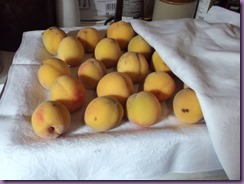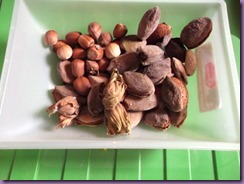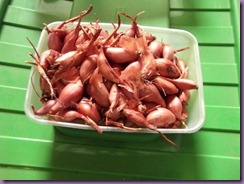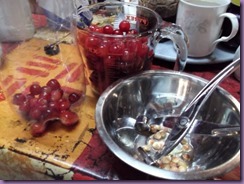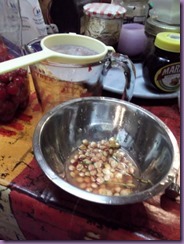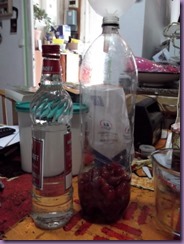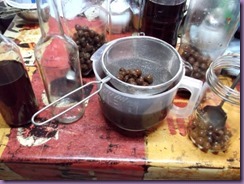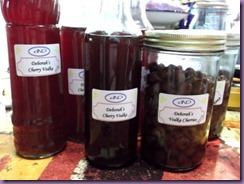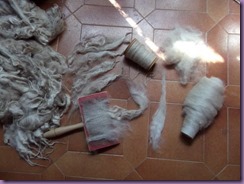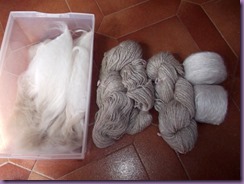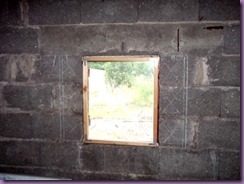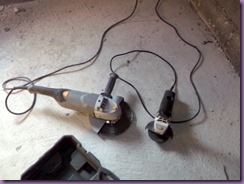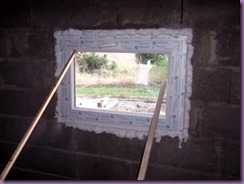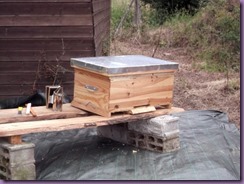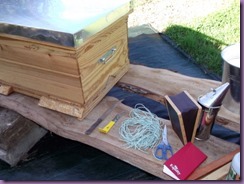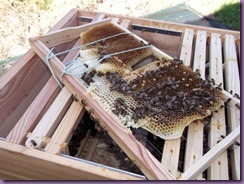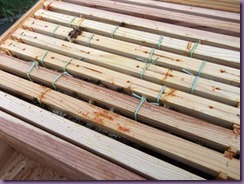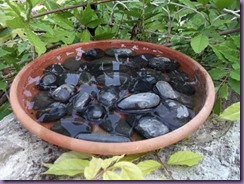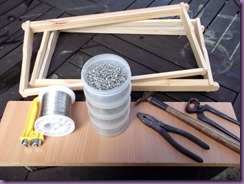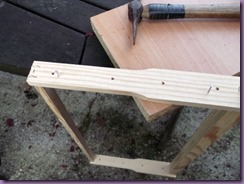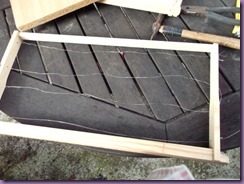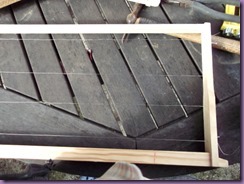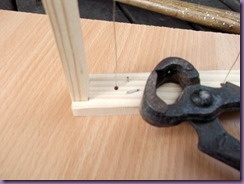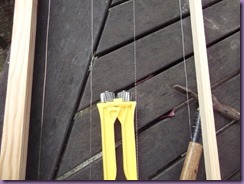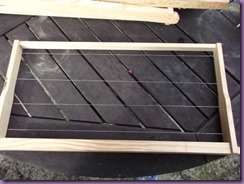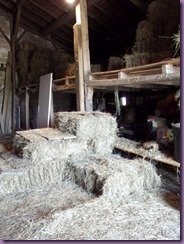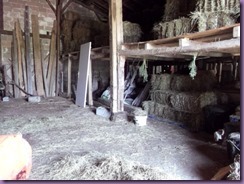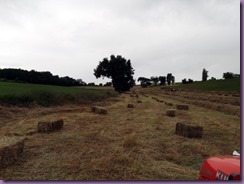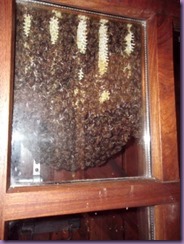Not so much a post as an aide memoire but I have spent the last week, around 5 hours each day, trying to sort out my computer which at one point wouldn’t even let me log in!
As with most computer problems I’m not certain what caused it or what cleared it hence this post to log what I think happened and what I think sorted it.
I think what triggered the problems was the latest Skype upgrade. After deferring the upgrade a few times – if it ain’t broke don’t fix it – I was persuaded by the security warning. However the upgrade failed for some reason. No matter, everything was still working and when the next loading of Skype brought up the same request to upgrade I again left it for a day or so.
Later I attempted the upgrade and again it failed but this time because it said it was already installing it. Then a massive batch of Microsoft security update arrived; I OK’d them for install and………… nothing much happened. The computer just hung on the install screen. Just in case it was a large file I left the computer installing overnight. Come the morning it was still trying to install the first update.
From then on the only way to shut down the computer was with the power button – never a good sign. Occasionally I could get one of the Microsoft updates to load by trying them one at a time but eventually that failed too. Even unselecting all of them failed as Windows always seemed to have something to install at shutdown.
So where to start: By this time I was having difficulty logging in as well, one time it hung on the log in screen and the power button was again needed. System Event was showing an apparently random collection of service fail errors so first up was a clean boot. No change, then scheduled error checking followed by start up repair, ran a full virus scan, loaded into Safe Mode both with and without networking. The computer ran a bit faster but still wouldn’t load whatever was the update it was trying to load. So I turned my attention back to Skype.
Skype download doesn’t contain an uninstall routine so it relies on Windows/ Programmes and Features. I uninstalled it that way and then re-installed it only to be told on the install that another installation of it was running and therefore no go. So I now had a programme that refused to install because it said it was installing already, the install wasn’t working and I couldn’t uninstall because as far as Programmes/Features was concerned, wasn’t there anyway!
I still had Internet access so much searching ensued. There were reports of some of the Windows Updates causing computers to hang but none of the updates were on the list I was trying to install; this list was now up to 28 important and critical updates. There were also a lot of reports of the latest Skype causing problems so hours were spent reading through forum threads finding if anything matched what was happening with my computer, whether it was a current thread, (a lot were from months to years ago) and then, after assessing the safety of following the instructions, a long period of trial and error began
First up, I discovered Microsoft Fix It. I was relatively happy to download and use these and I came across one that was for problems with the installer – by now I was thinking that the installer programme was corrupt. I could only run the Fix It in safe mode but it found and sorted a problem with Skype. But there was no change with the computer, it still hung and it still wouldn’t let me re-install Skype.
Needless to say, many hours were wasted repeatedly running the Fix It’s ( yes plural as I found that there appeared to be more than one for the same problem); as far as Fix It was concerned the installer was fine. I did discover two things though; first up was the reason Fix It wouldn’t run in normal mode was the virus checker so had to suspend that to run any of the Fix It repairs and two a slight change in the wording of the search string brought up different Fix It’s. I originally searched for “hung on install” which gave me the first Fix It, I then used “hung on 50%" install” and that led to another Fix It which actually did a registry patch.
All these little victories still didn’t solve the problem. I gave up on Skype and started trying to get the security updates in, just in case one of them was a patch to this problem. I selected them one at a time and occasionally one would load but on the whole it was no change.
There were two large updates on the list for .NET Framework and on a whim I did a search on them. That pulled up a couple of complaints about it being corrupted. I also found some very interesting rants by people very unhappy with the latest Skype upgrade and what it had done to their computers and how they too were in no mans land, unable to uninstall or re-install. That discussion pointed to a programme called Revo Uninstaller.
I have an aversion to the plethora of programmes out there claiming to help clean up your computer etc. I don’t trust any of them but by now I was desperate – the thought of having to re-install Windows and what it might or might not do to my data was a big worry – I decided to give it a go. With fingers, toes and anything else I could cross, crossed I dragged the hunter mode cross wires to one of the Skype icons still on the desktop and set it on its way. It founds loads of files and registry updates and deleted them. With great trepidation I restarted the computer: It still worked and was working even faster but… it still wouldn’t run the updates!
I then turned to .NET. The discussion I’d found about that led to another Fix It. Virus checker suspended, I downloaded and ran it. It too found a problem and effected a repair.
I tried the installer again with one of the smaller Office updates waiting to go in. It worked. I tried another, it too went in. I then worked my way through the remaining five Office updates and that brought me to the remaining two updates, both for . NET. Gingerly I kicked the first one off and went outside to do a bit of work. It was a large download and I didn’t want to sit and watch it – I’d done enough of that over the preceding week. When I came back in to my great joy it had worked. I kicked off the second .NET update and that too worked. Not only that, after the final restart, I now have a computer that runs fast and isn’t stuck on trying to install something or other.
The day after, I gingerly re-installed Skype with the new version and after a few anxious moments plus remembering to un-tick all the pre-ticked boxes that install all the ‘features’ that you don’t want, that too was up and running again.
Now I just have to catch up an the weeks worth of real work I should have been doing while I sorted the computer – I reckon it is around 35 hours – but it does mean I have a backlog of Guardian quick crosswords to work through during coffee :–)
